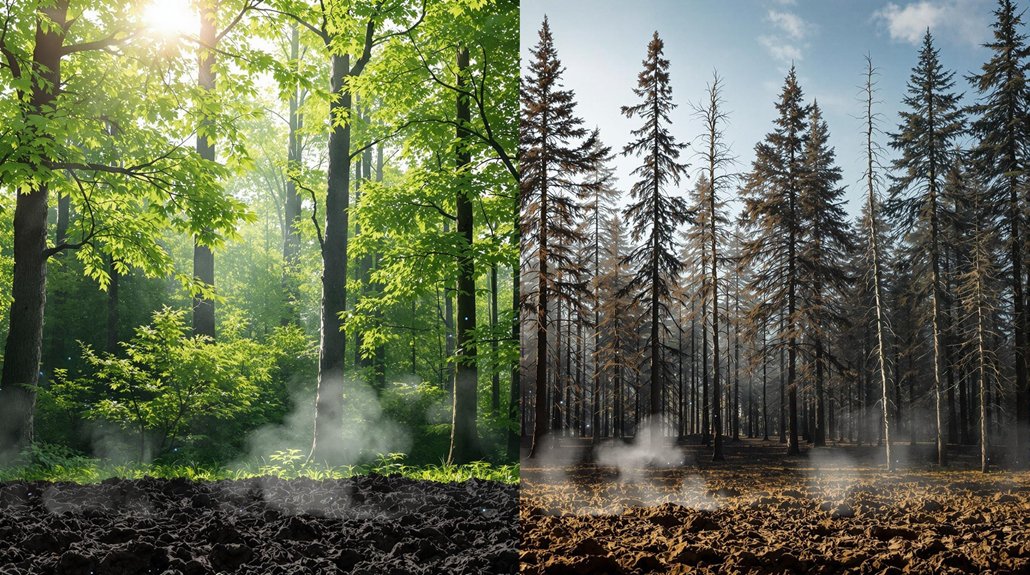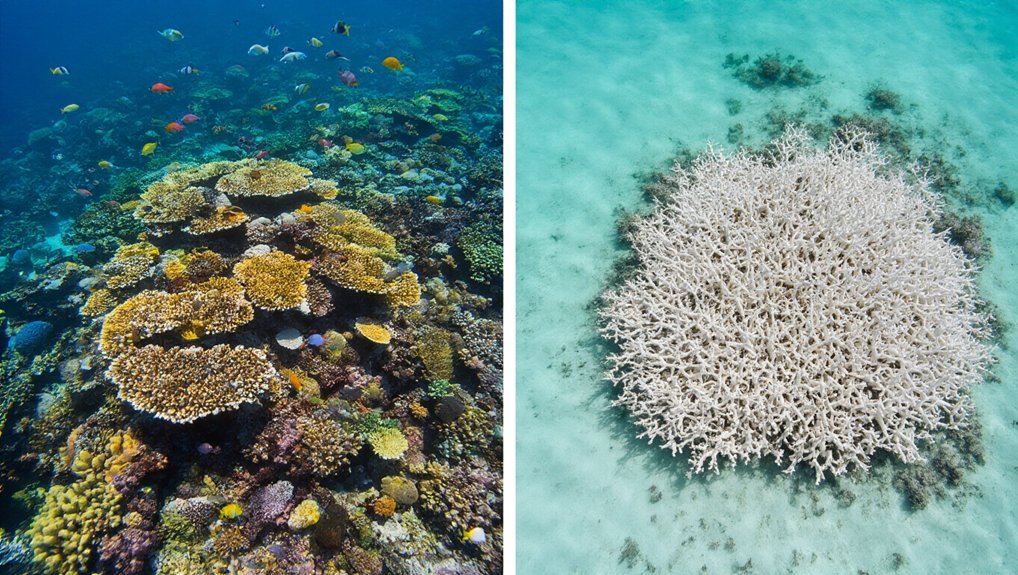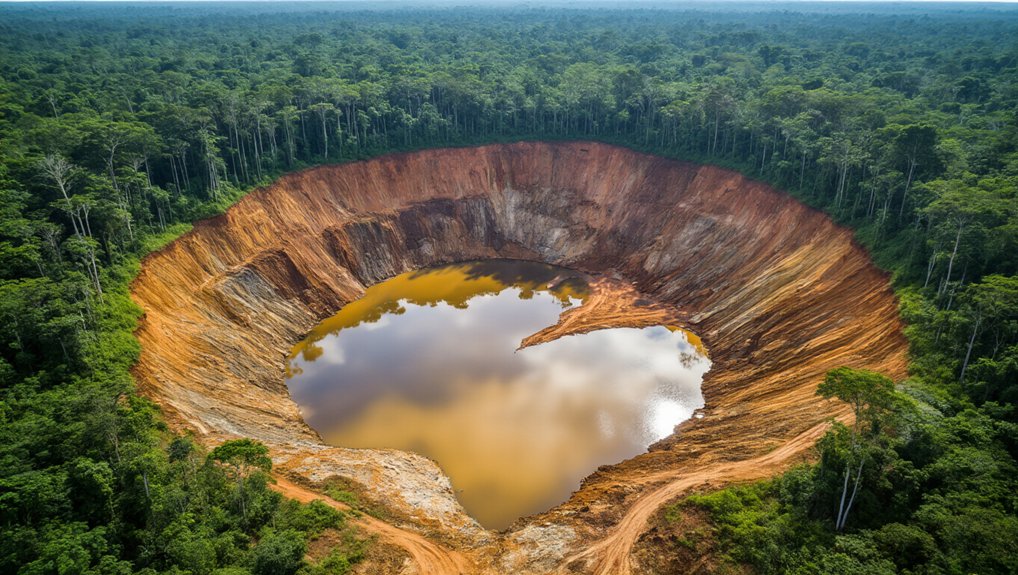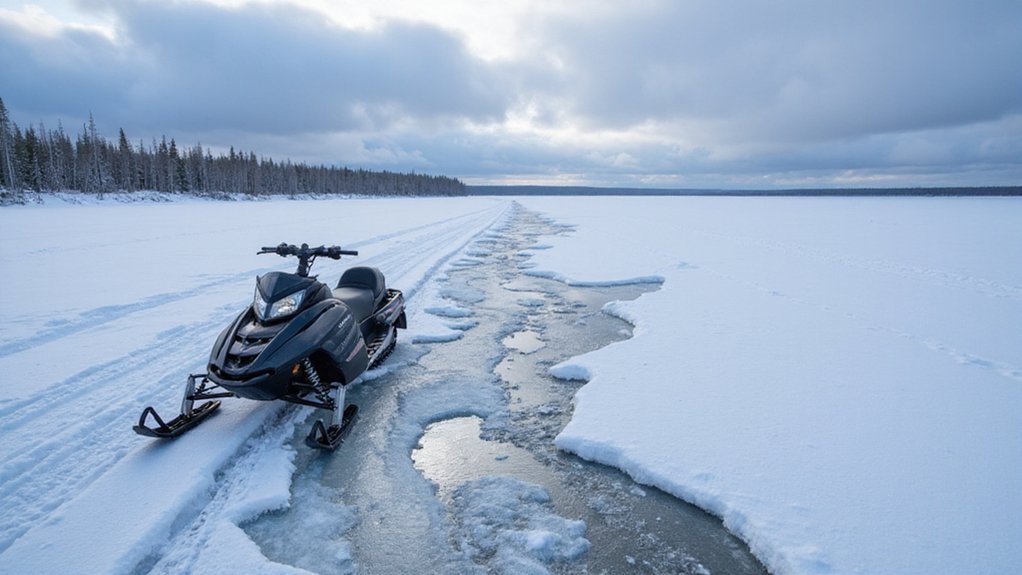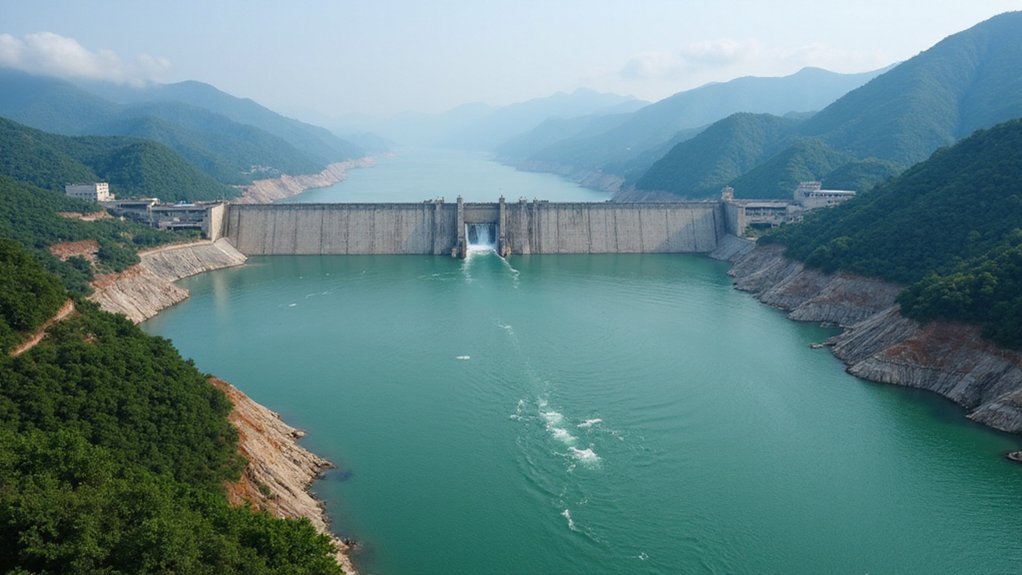Forests absorb nearly half of all fossil fuel emissions, but their superpower is fading. While temperate forests have increased carbon capture by 30%, boreal and tropical intact forests show significant decreases of 36% and 31% respectively. Old-growth forests continue to absorb carbon, contrary to popular belief. Climate change and disturbances are slowing forest productivity worldwide. Protected and restored forests could store another 226 billion metric tons of carbon, offering hope for our climate heroes.
Every year, the world’s forests perform a remarkable service for our planet. They absorb around 3.5 billion metric tons of carbon annually, which is nearly half of all fossil fuel emissions. This makes forests one of Earth’s most valuable natural resources in the fight against climate change.
Forests act as massive carbon storage systems. In the United States alone, forests stored 59.7 billion metric tons of carbon in 2022. Most of this carbon is held in forest soils, which contain 52% of the total forest carbon. The rest is stored in trees themselves, with 27% in aboveground biomass like stems, branches, and leaves.
Not all forests are showing the same carbon-capturing ability. Temperate forests have increased their carbon sink capacity by 30%, and tropical regrowth forests by 29%. However, boreal forests have decreased their carbon sink capacity by 36%, and tropical intact forests by 31%. This trend suggests some forest types may be losing their carbon-capturing superpowers.
Old-growth forests remain impressive carbon heroes. About 75% of forest stands over 180 years old still absorb more carbon than they release, challenging the idea that only young forests actively remove carbon from the atmosphere.
In the United States, forests offset 13% of the country’s greenhouse gas emissions in 2021, with most of this coming from existing forests rather than newly planted ones. This shows the importance of protecting what we already have.
Several factors affect how much carbon forests can store. These include tree growth rates, disturbances like wildfires and insect outbreaks, land-use changes, and climate change impacts. The recent research combines ground measurements with remote sensing data to provide a comprehensive assessment of forest carbon dynamics. Western U.S. forests are experiencing a significant slowdown in productivity due to climate change effects, threatening their carbon absorption capacity. Switching to renewable energy would help mitigate these threats by reducing greenhouse gas emissions that harm forest ecosystems.
Scientists estimate that protected and restored forests worldwide could store an additional 226 billion metric tons of carbon. Most of this potential comes from protecting existing forests, while the rest would come from restoring damaged areas. This amount represents one-third of all excess emissions since the industrial revolution began, highlighting why forests truly deserve their title as carbon heroes.
